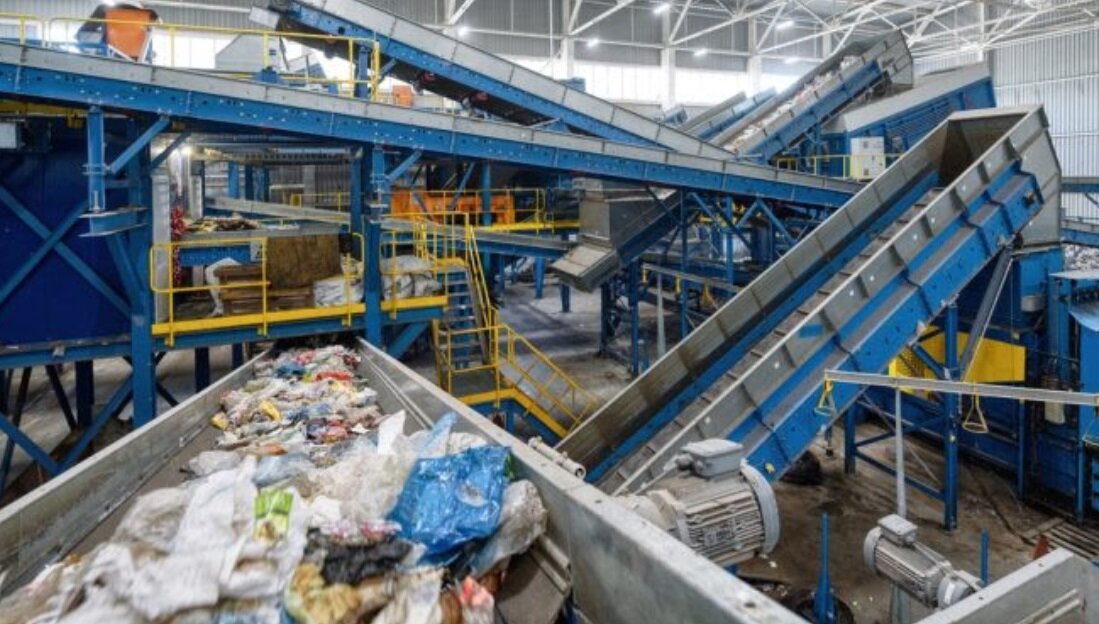AI is transforming how plastic waste is handled and created.
It is already known that only about 9% of the plastic waste collected is actually recycled. Since the pandemic started, the amount of single-use plastic has increased, most commonly due to hygienic reasons such as hospital gowns, masks, and take-out food containers. As a result, recyclers worldwide have seen their businesses dramatically decrease “by more than 20% in Europe, by 50% in parts of Asia and as much as 60% for some firms in the US.” [1].
Now industry experts are turning to artificial intelligence (AI) to solve their waste problems. AI is not a new concept, it is used already in various fields to predict, translate and analyze data. It has been at the “forefront of combating huge global issues for some time now—from warehousing and logistic supply chain management to healthcare and medical imaging analysis.” [1] Now it is tackling waste management, more specifically the packaging industry, and could make an even more positive environmental impact during the design phase.
AI to sort plastic waste
Sorting waste is a challenging and time-consuming task. Product packaging can include several different materials, out of which the individual raw materials might be considered recyclable but only if separated individually. Companies use AI to make “recycling more effective by improving the accuracy of waste sorting, boosting the transparency of the global recycling supply chain, and automating waste disposal advice.” [2] This technology allows for more waste products categories to be correctly identified and separated at the recycling facility, thus less chance of ending up in landfill. Design for use by material recovery facilities (MRFs), using AI to allow waste materials to be sorted and shipped back to the manufacturer to be re-used which also saves on time and cost.
AI for Eco-friendly packaging
Packaging is often a large source of waste and increases shipping cost. Optimizing packaging of products has been Amazon’s goal for a few years now. With AI, Amazon uses real-world customer complaints to learn how to reduce the use of packaging materials and ultimately allow for their packaging to become lighter and smaller. This allowed Amazon to lower their carbon footprint of each item shipped and also reduced shopping cost by 5%. [3] With leveraging AI, companies will be able to “accurately estimate the performance of product and packaging designs faster and more accurately.” [3]
AI at the design phase
Consumer demand for more sustainable products is becoming more operant than ever. “European Union estimating that over 80% of a products’ environmental impact is determined at the design stage.” [2] The reduction of waste starts during the design phase, however the environmental impact is usually only determined towards the end of the process. Thus, because their development process takes up more time, it makes it harder for eco-friendly solutions to make it to the market. [2]
AI is an innovative way to eliminate plastic waste during the design process. This is done, by taking “a deep-dive into difficult engineering data, getting to the root of production relationships to iron out repetitive and wasteful development cycles, nixing the need for multiple variations, and arriving at the right packaging design faster than ever before.” [3] The environmental impact should be considered during the design phase, and actions to reduce the overall negative impact should be taken before moving to the next phase.




